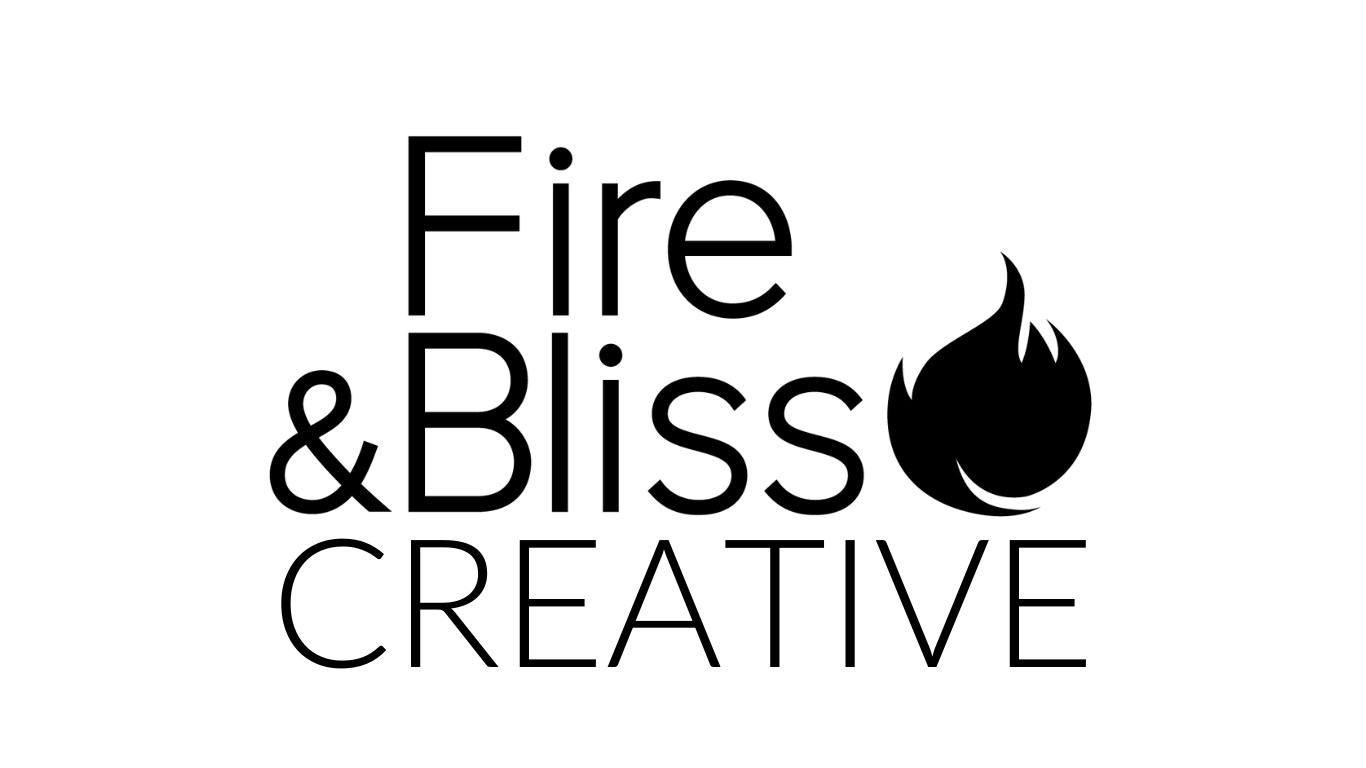"The Journey Home" Art Print by Barbara Bell
Not sure which printing style to choose?
“This is the third of a series of three illustrations that tell the story of a female leatherback turtle nesting on a beach. This illustration shows a female returning to the ocean after completing the nesting process. Leatherback turtles return to lay eggs on the beach where they were born. Nesting is a laborious process. The turtle must use her flippers to heave her huge body up the beach above the tide line, excavate a body pit, dig a flask-shaped nest, lay eggs, bury the eggs, throw lots of sand over a large area to conceal the exact nest location, then drag her exhausted body back to the ocean when she’s done. These sea turtles are critically endangered, so every nest and every egg are precious. The artist was privileged to work with nesting leatherback turtles during her Masters degree research, and feels a special connection with these gentle giants. This illustration was first published in 2015 in "The Leatherback Turtle: Biology and Conservation," edited by James R. Spotila and Pilar Santidrian Tomillo, Johns Hopkins University Press.”
Free Shipping to the United States.
Learn more about the artist below.
Not sure which printing style to choose?
“This is the third of a series of three illustrations that tell the story of a female leatherback turtle nesting on a beach. This illustration shows a female returning to the ocean after completing the nesting process. Leatherback turtles return to lay eggs on the beach where they were born. Nesting is a laborious process. The turtle must use her flippers to heave her huge body up the beach above the tide line, excavate a body pit, dig a flask-shaped nest, lay eggs, bury the eggs, throw lots of sand over a large area to conceal the exact nest location, then drag her exhausted body back to the ocean when she’s done. These sea turtles are critically endangered, so every nest and every egg are precious. The artist was privileged to work with nesting leatherback turtles during her Masters degree research, and feels a special connection with these gentle giants. This illustration was first published in 2015 in "The Leatherback Turtle: Biology and Conservation," edited by James R. Spotila and Pilar Santidrian Tomillo, Johns Hopkins University Press.”
Free Shipping to the United States.
Learn more about the artist below.
Not sure which printing style to choose?
“This is the third of a series of three illustrations that tell the story of a female leatherback turtle nesting on a beach. This illustration shows a female returning to the ocean after completing the nesting process. Leatherback turtles return to lay eggs on the beach where they were born. Nesting is a laborious process. The turtle must use her flippers to heave her huge body up the beach above the tide line, excavate a body pit, dig a flask-shaped nest, lay eggs, bury the eggs, throw lots of sand over a large area to conceal the exact nest location, then drag her exhausted body back to the ocean when she’s done. These sea turtles are critically endangered, so every nest and every egg are precious. The artist was privileged to work with nesting leatherback turtles during her Masters degree research, and feels a special connection with these gentle giants. This illustration was first published in 2015 in "The Leatherback Turtle: Biology and Conservation," edited by James R. Spotila and Pilar Santidrian Tomillo, Johns Hopkins University Press.”
Free Shipping to the United States.
Learn more about the artist below.
Meet the Artist: Barbara Bell
Barbara Bell is a queer, disabled scientist and artist who grew up doodling in the margins of every piece of paper put before her. She is primarily a self-taught artist, though she had the privilege of taking a bioillustration class while in graduate school for biological science studies. During that class, she fell in love with stippling: the art of creating patterns with tiny dots. She was delighted to discover bioillustration, because it combined her two loves: science and art. Barbara works primarily in pencil, pen and acrylic paint.
Barbara’s artwork reflects her deep connection with nature, particularly cold-blooded animals. She enjoys creating art that reflects the essence of her subject while balancing realism with a soft touch of artistic license. She hopes that her art will spark an appreciation for her often-unappreciated subjects in its viewers.




